A legendary NHL draft unearthed these hidden gems
Budding superstars whose names were called in the 2003 NHL Draft strode to the stage in Nashville to shake hands with Gary Bettman and soak in the pageantry of the event.
Marc Methot, the No. 168 overall pick, was asleep in Ottawa when the Columbus Blue Jackets phoned his house. His mother nudged him awake after 9 a.m. that Sunday morning. Demoralized by his slide, Methot heard he was the first player taken in the sixth round.
"Even then, I wasn't happy," Methot recalled recently. "I was so competitive. Seeing a lot of those names picked ahead of me, I was pissed off. Inevitably, it propelled me forward. The motivation that I used, having to prove people wrong from that point on, honestly was one of the big driving aspects of me making the jump to the NHL."
Columbus nailed the pick. Raw and physically immature at 18 years old, Methot evolved into a shutdown defenseman and 13-year NHLer. He beat the odds - the vast majority of late-round selections don’t sniff the NHL - and was a solid player in a transcendent class.
The 2003 draft produced 16 1,000-game skaters, six 400-goal snipers, eight NHL captains, and a dozen participants in the epic Canada-United States 2010 Olympic final. The cohort's award winners include Corey Perry (Hart and Rocket Richard Trophies), Marc-Andre Fleury (Vezina), Brent Burns (Norris), and Patrice Bergeron (five Selkes, plus seven additional nominations).
Eight of the top-45 picks - Perry, Fleury, Burns, Bergeron, Eric Staal, Ryan Suter, Jeff Carter, and Zach Parise - remain in the league two decades later. The same goes for Joe Pavelski (pick No. 205), Jaroslav Halak (No. 271), and Brian Elliott (No. 291, the second-last selection). Per CapFriendly, Pavelski and those two goaltenders have combined to earn about $140 million in career salary despite generating minimal draft buzz.
Their durability spotlights the class' depth. Including Methot, 15 players chosen in the fifth round or beyond played more than 500 games. Seven became productive contributors by way of Rounds 8 and 9, which the NHL abolished in 2005.
Their journeys provide the roadmap for how to make it as an unheralded prospect. Today's late bloomers could take inspiration from them when the draft returns to Nashville next week.
Viewers marvel at Connor Bedard's gifts and ludicrous junior production. Media coverage focuses on a few dozen of his peers - the class of 2023's surefire and potential first-rounders. Scores of players will be drafted at later stages without eliciting fanfare, as was the case in 2003.
What was it like to fly below the radar in that loaded draft? What skill enhancements or stylistic adjustments helped certain late-rounders achieve NHL longevity? How was luck on their side, and how did they create their own luck en route to realizing the dream?
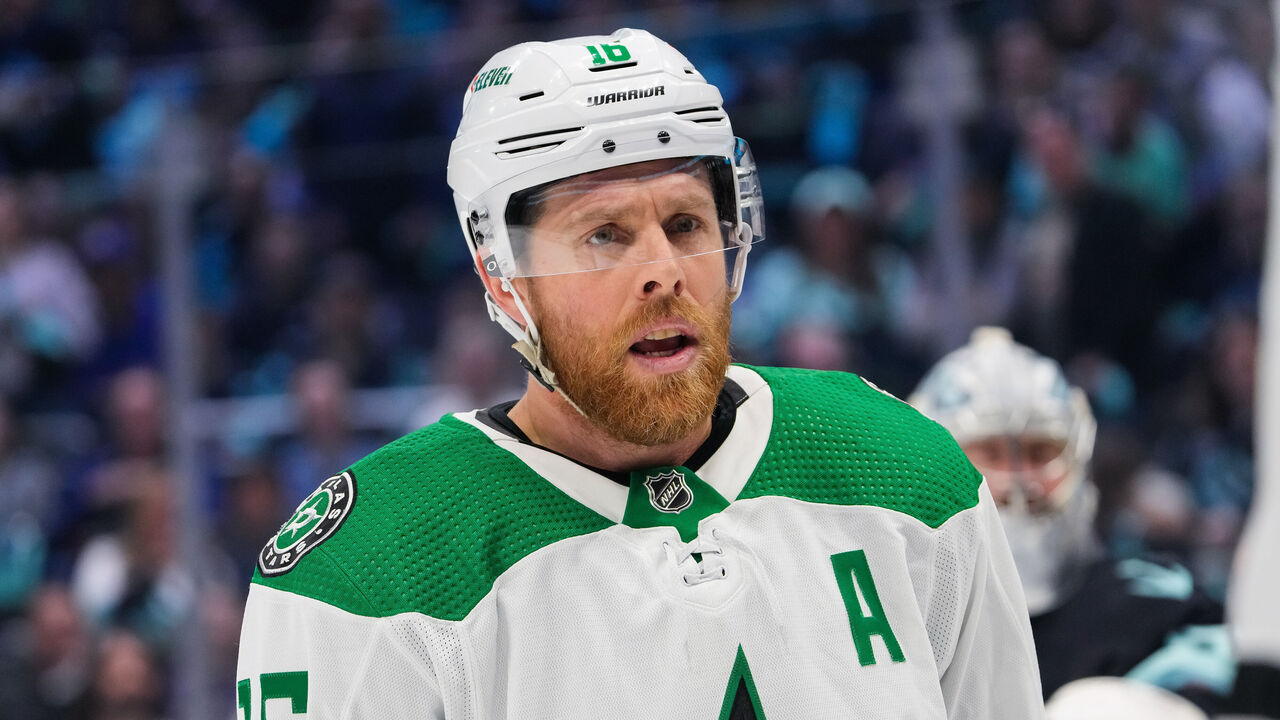
Five members of the '03 class shared memories and wisdom with theScore.
"I look at the draft as the first step. The work starts after that," said Lee Stempniak, the fifth-round selection who broke into the league with the St. Louis Blues and appeared in 911 games.
"You'd be foolish to say that a first-round pick doesn't get more opportunities than later-round picks or undrafted guys. But at the end of the day, you need to be able to play."
Use doubts as fuel
Stempniak was a 20-year-old sophomore at Dartmouth in 2003. Passed over in two previous drafts, he got the chance to impress scouts who showed up to watch his star linemate, eventual first-round pick Hugh Jessiman. A Blues official phoned Stempniak at school that June 22 to welcome him to the organization.
"It was pretty anticlimactic," Stempniak said. "But it was cool nonetheless."
Recollections of being selected vary by the prospect. United States Hockey League All-Star Drew Miller found out he went in Round 6 when his dad read the news online. The Pittsburgh Penguins' chief scout left a voice message for ninth-rounder Matt Moulson while the Cornell freshman was out practicing lacrosse, his summer sport.
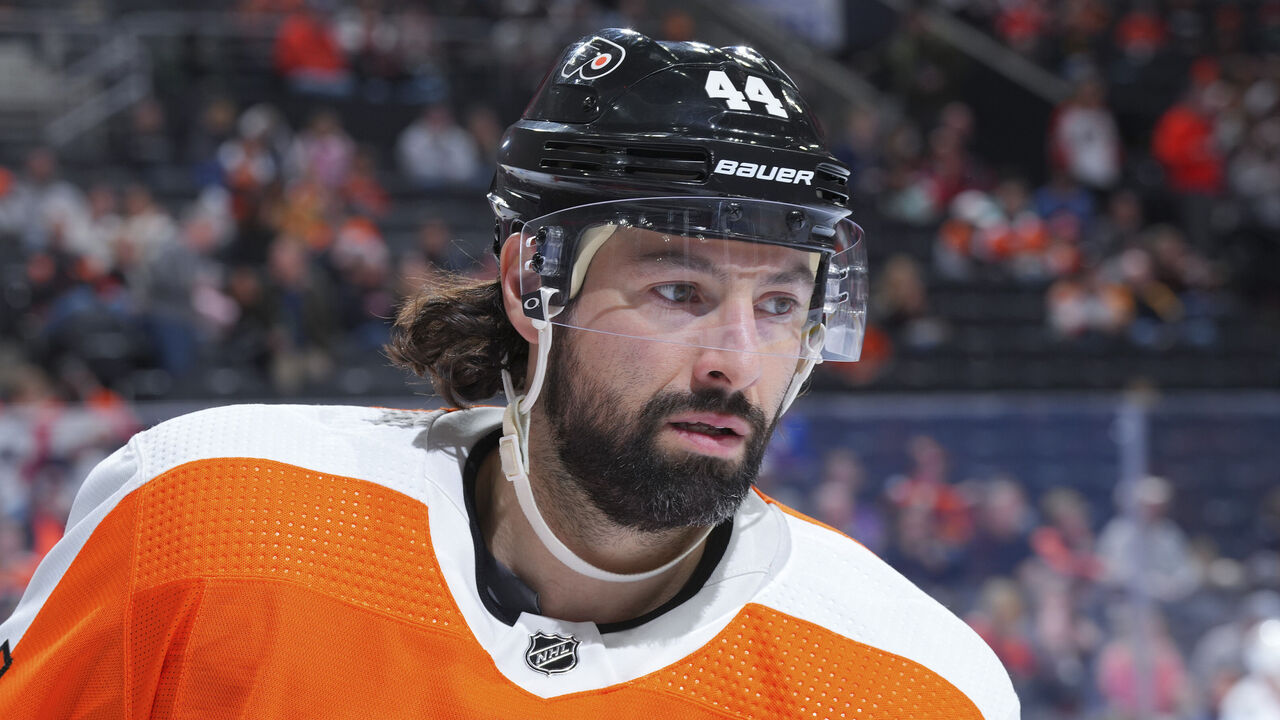
The events of the day frustrated Nate Thompson, another sixth-rounder who attended the draft in person. Thompson's stock slipped after his Western Hockey League season admittedly was underwhelming. He recalls his agent mentioning that some NHL evaluators thought he'd top out as a decent minor leaguer.
"I've always had a chip on my shoulder when I play," said Thompson, who skated in 844 games. "If I made the NHL and I could stick, I knew I could make myself valuable enough to be a player that teams would want."
Every late-rounder has shortcomings to neutralize or doubts to squelch. Moulson, cut from Triple-A youth teams in the Toronto area at age 16, heard forever that his skating wasn't NHL-caliber. Miller hails from an NHL family - goalie Ryan Miller is his older brother, and cousins Kelly, Kevin, and Kip were longtime pros - but was slight as a teenager. He had to learn how to sidestep hits merely "to survive on the ice."
Shy and overshadowed by barrel-chested peers in the Ontario Hockey League, Methot pored over the results of the draft for motivation. Seeing certain defensemen taken earlier than him provided fuel.
"Maybe it was a little shortsighted at the time, but I was thinking, 'I'm better than this guy. I'm better than this guy,'" Methot said.
He focused on personal progression, doing what he could to gradually raise his game as touted players plateaued.
"Even as a 15-year-old, I was writing myself little sticky notes above my bedroom door. Goals, what to achieve in the offseason, where I wanted to see myself," Methot said.
"My parents never told me to do that. That was something that came to me, and I was by no means an exceptional player. It goes to show the drive needed to make that next step."
Continuously improve
A winding pathway to the pros supplies ample time for skill development. Over four seasons at Dartmouth, Stempniak shouldered major minutes and was encouraged to take chances in head coach Bob Gaudet's unrestrictive offensive system.
"I got to play in a lot of big situations, make some mistakes, learn from those mistakes, and have a confidence with the puck that's really hard to get once it's taken away from you," Stempniak said.
Like Methot, Miller, and Thompson, Moulson refined his skill set over several American Hockey League seasons. He signed with the Los Angeles Kings instead of Pittsburgh out of college and benefited from the tutelage of Mike O'Connell, the Kings' director of player development who walked him through video clips in the Manchester Monarchs' dressing room.
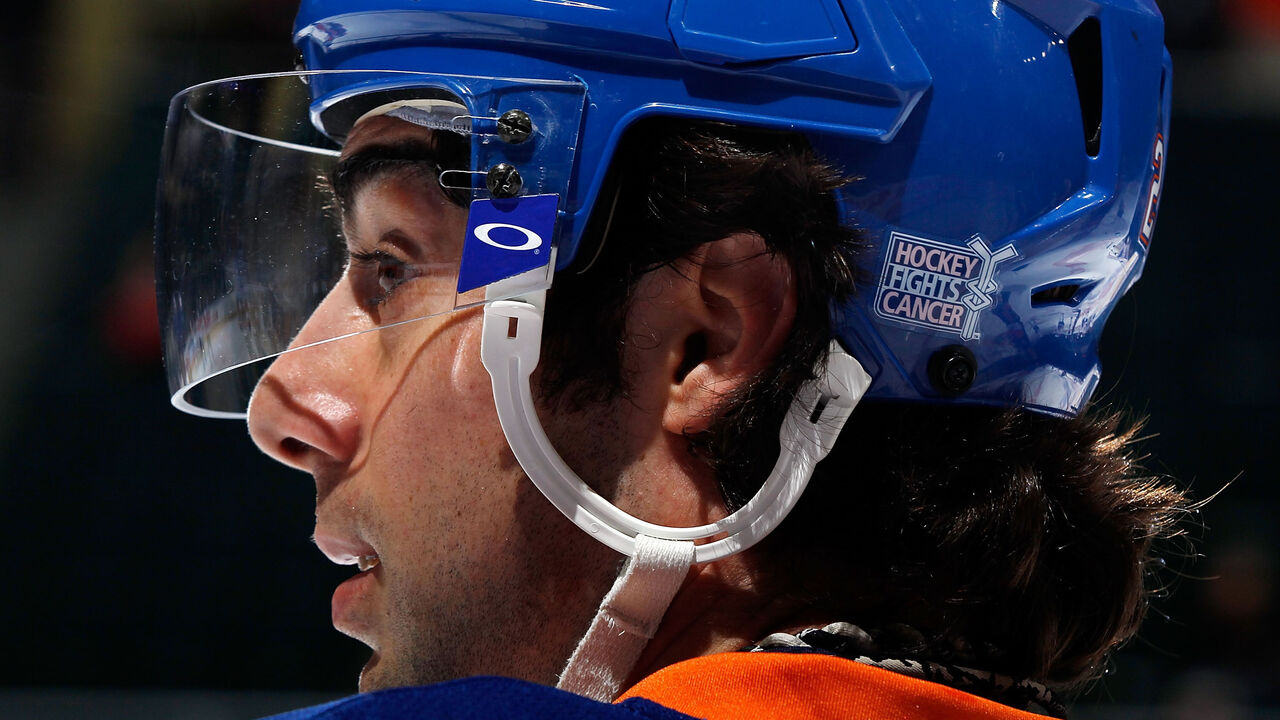
Moulson studied Monarchs practice tape and footage of each of his shifts. O'Connell emphasized that Moulson, a prolific shooter and net-front scorer, had attributes that could offset his clunky skating at the next level.
"I remember him telling me to watch Andrew Brunette, who also wasn't a great skater but had a lot of success in the NHL," Moulson said. "I used to watch game after game of Colorado when (Brunette) was with them."
“I realized I had other assets that could be valuable in the NHL."
Adjustments made in the minors can springboard a player up the ranks. Feisty and slippery, Miller found ways to gain body position on big defenders to be able to crash the opposing crease.
An adept skater and puck-mover at 6-foot-4, Methot lacked an aggressive streak that could've hastened his rise. However, the game got easier for him as he grinded in the gym to add strength and stayed disciplined year-round.
"I never drank much. I wasn't a big fan of going out with the guys all the time and getting loaded," Methot said. "I was a bit of a hermit. Hyperfocused on my diet, on training, on playing good hockey games. I wasn't just content playing in the American league. I think that's a mindset a lot of the NHL guys have."
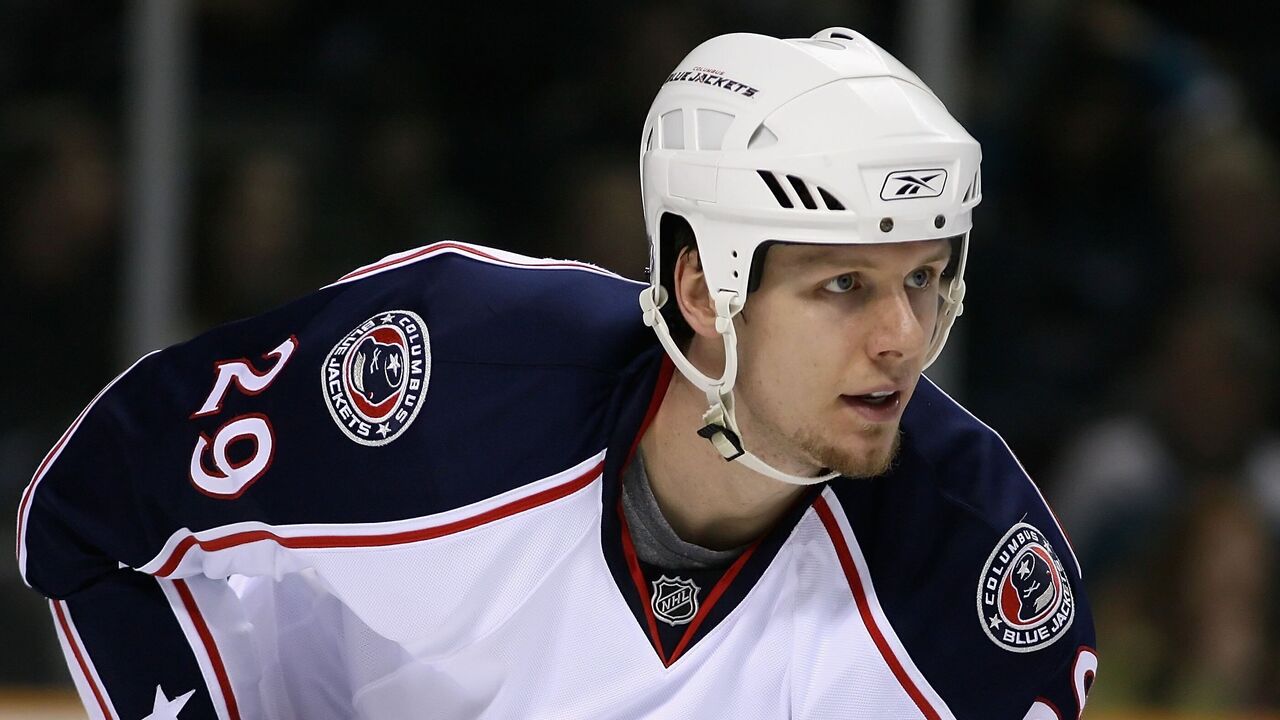
They also commit to being students of the sport. When Stempniak joined the Blues, head coach Mike Kitchen schooled him on certain nuances, urging him to work after practice on redirecting pucks and one-timing them to the far post. Assistant coach Curt Fraser drilled Stempniak on cutbacks and passes to the point.
Stempniak became a reliable depth scorer. Coveting what he brought, playoff contenders dealt for him at four different trade deadlines.
"If you put in the time, you can make gains," Stempniak said. "The game is all about those marginal gains that ultimately make you a better player."
Luck out
NHL careers take shape when talent, drive, and luck intersect. Guys who make it capitalize on fortunate breaks and fleeting chances to shine. When Methot's London Knights won the 2005 Memorial Cup during the NHL lockout year, his overtime goal to beat Sidney Crosby's Rimouski Oceanic in the round robin enhanced his stature as a prospect.
Moulson, a newcomer to the New York Islanders in September 2009, was in the lineup for an exhibition game in Calgary when Dion Phaneuf crushed and injured Kyle Okposo with an open-ice hit. The ensuing fracas led to ejections. When the dust settled, Moulson ascended to the power play and scored twice on recent Vezina winner Miikka Kiprusoff.
Two Islanders forwards, Sean Bergenheim and Doug Weight, nursed groin injuries during that training camp. Seeking an offensive spark, head coach Scott Gordon elevated Moulson to John Tavares' wing. They clicked instantly. Moulson, the breakout star of that preseason, stuck with New York on a two-way contract and proceeded to pot 30 goals in three straight seasons.
"All these things in my life and all these things in the hockey world were perfectly aligned," Moulson said. "I finally got my chance, and I was not ready to let go of it."
Being cut can be a watershed moment. The Islanders waived Thompson in the midst of Moulson's star turn in 2009-2010. That the Tampa Bay Lightning claimed him bought time for Thompson to establish a niche as a heart-and-soul center and ace faceoff taker.
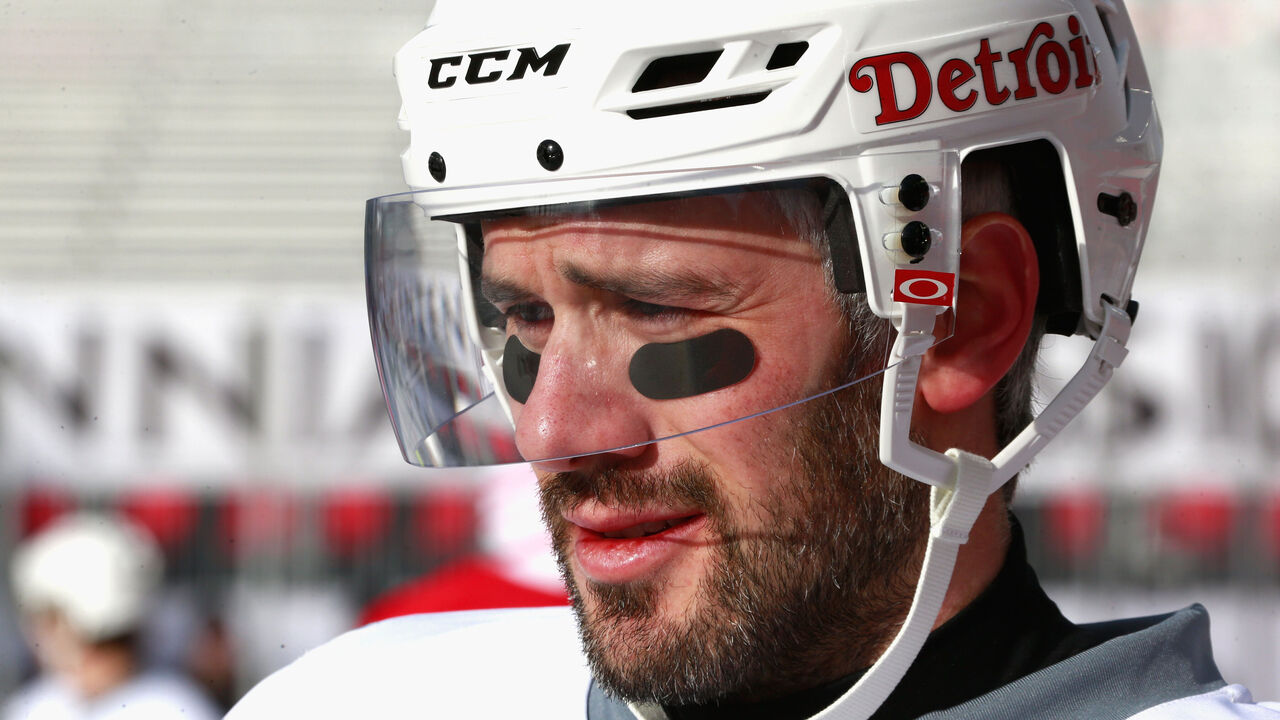
Tampa Bay waived Miller that same season just as injuries struck the Detroit Red Wings. Miller's defensive aptitude and willingness to grind helped him remain with that franchise for eight years.
Timing is everything, Stempniak said. Rather than languish in the minors for long, he debuted with the Blues following his college graduation and the NHL lockout. Laden with expensive veterans, St. Louis plugged players with cheap contracts into the lineup to squeeze under the salary cap.
St. Louis summoned Stempniak from the AHL during a mid-year losing skid. He promptly scored in three straight games, exhibiting his NHL readiness. Stempniak's role increased, he withstood the roster churn that accompanied the Blues' 30th-place finish, and he set career highs in goals (27) and points (52) the next season.
"For me, everything was based on hard work. Extra time on the ice. Extra time in the gym. Trying to be coachable. Trying to soak up everything I could from all of the veteran players," Stempniak said. "My first year, it was Doug Weight. It was Eric Weinrich. It was Keith Tkachuk. It was Barret Jackman. It was Scott Young. Guys who had been extremely successful in the NHL in a lot of different situations."
Trust the process
Miller's introduction to the NHL happened in the postseason. A rookie pro and Black Ace in 2007, he dressed in Games 1 and 2 of the Stanley Cup Final when Anaheim Ducks teammate Chris Kunitz broke his hand. Miller threw a hard hit to create the turnover in the offensive zone that led to Anaheim's opening goal of the series.
"I got my name on the Cup. I got my day with the Cup. I got a ring because I played in the finals," Miller said. "Someone gets hurt, and they picked my name. I'm in there playing with Andy McDonald and Teemu Selanne in the Stanley Cup Final. I'm like, 'Holy crap.'"
Methot toiled in the minors for three seasons before he made the Blue Jackets' roster out of training camp in 2008. A Columbus Dispatch reporter asked him at that camp about the frustration of struggling to break through. Set to be a free agent the following summer, Methot said he'd happily move on if Columbus didn't want him.
"I remember putting that pressure on myself. It was almost unintentional. I think I was just venting to somebody, and that happened to be the newspaper," Methot said. "Some of the veterans gave me the gears that day when I came into the rink, regarding those comments. But I used it. It made me self-aware of my position and that I'd better damn well pull it together now."
Methot fulfilled his potential once he overcame a mental block: "It was getting past the fact that you're (facing) all these guys you used to play as in video games." Star-struck as an NHL call-up, he tended to be able to string together a few good games before his performance declined. Consistency came with maturity.

Most paths to the show aren't linear, Stempniak said. Effort and resilience keep a prospect on track.
"Playing in the NHL, it's an amazing job, but it's a job," he said. "There's pressure. For most people, there's a lot of hard days in terms of not playing well, expectations, adversity.
"That's some of the challenge: putting in the work and not seeing that instant reward or instant gratification, but knowing and trusting that two years from now, three years from now, four years from now, it's going to pay off."
He would know. Stempniak played long enough to suit up for 10 franchises, tied for second most in history. Traded to his hometown Ottawa Senators in 2012, Methot was Erik Karlsson's defense partner when the Swedish virtuoso won his second Norris Trophy. Thompson, an everyday NHLer until recently, was the oldest player in the AHL this past season.
Fellow hidden gems continue to touch up their resumes. Halak and Elliott - the 26th and 28th goalies drafted in 2003 - shared the Jennings Trophy in 2012 as Blues netminding partners. The Dallas Stars left the bench to mob Pavelski in April when he tallied his 1,000th NHL point on a dexterous tip.
They all spent plenty of time in the company of legends. Some members of their draft class are bound for the Hall of Fame.
"It is neat to see a lot of the players - not just mainstays, but some superstars - who happened to be in that draft," Methot said. He laughed, adding: "It gives me a legitimate excuse to tell people why I went in the sixth round."
Nick Faris is a features writer at theScore.